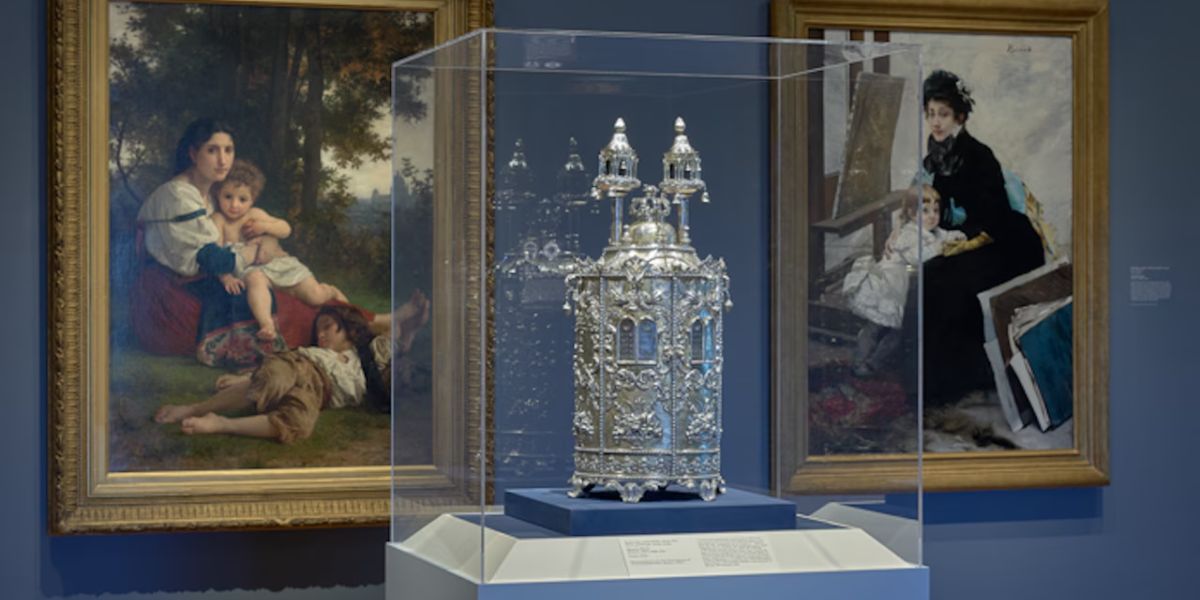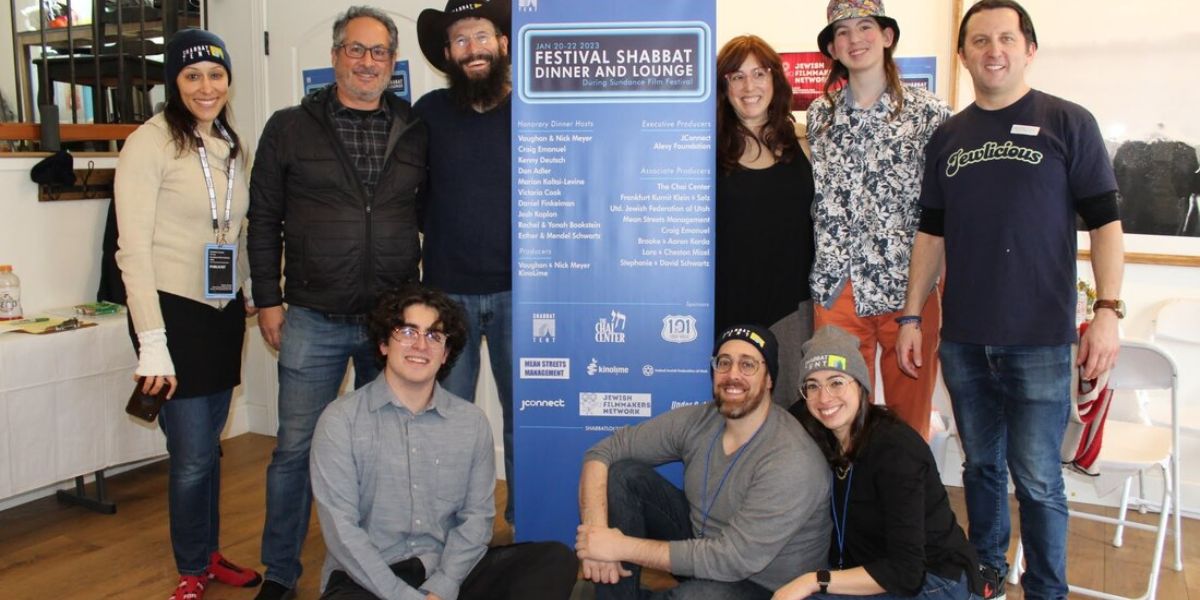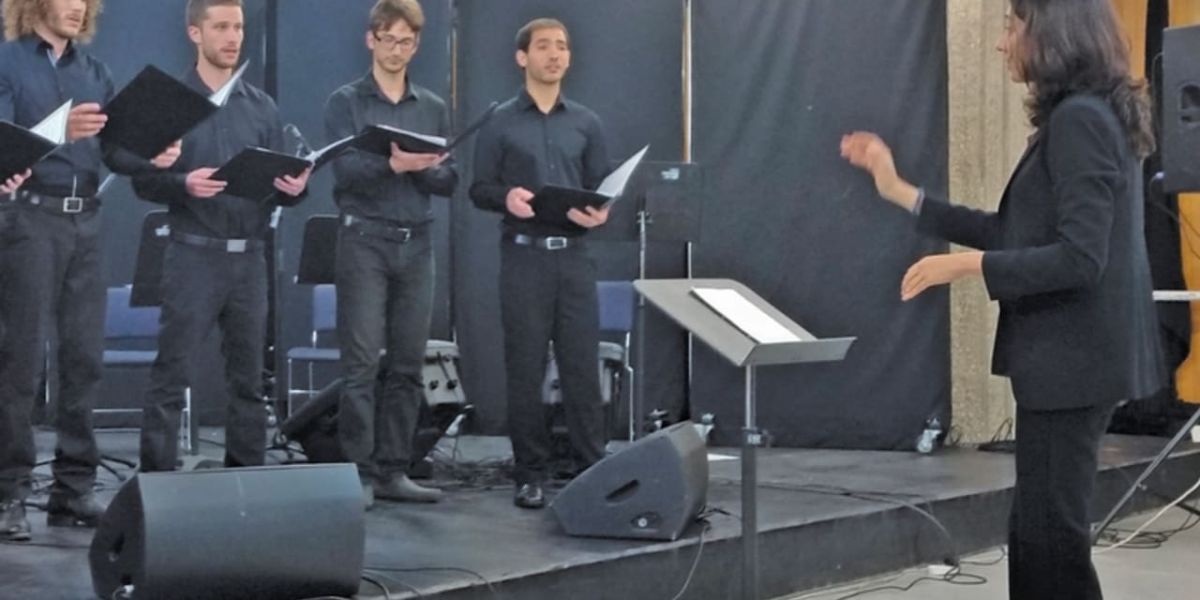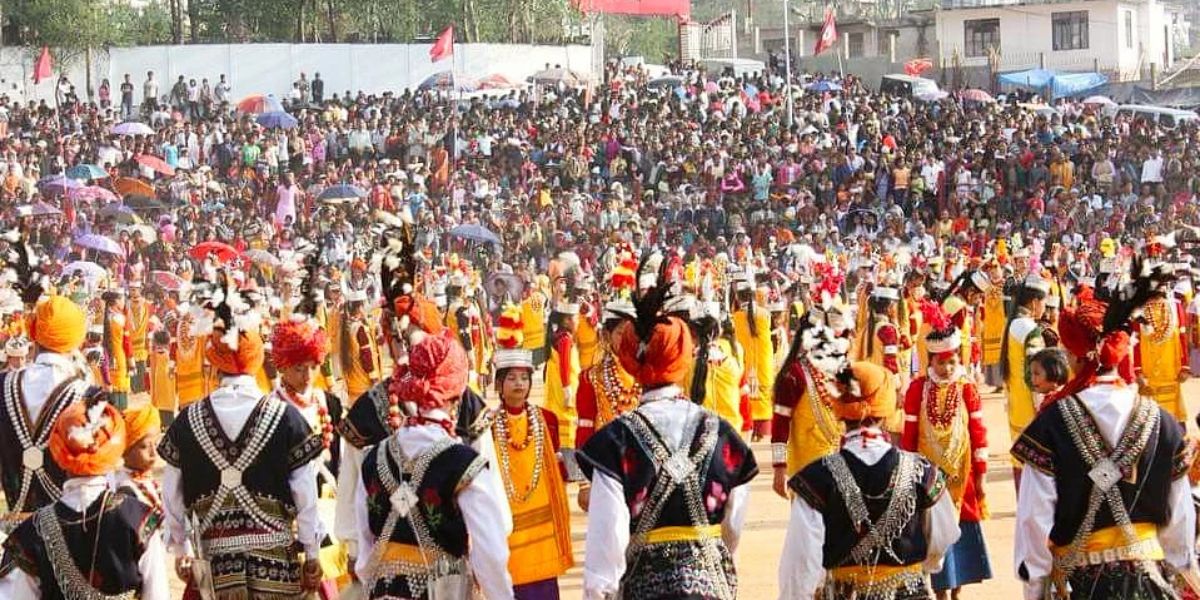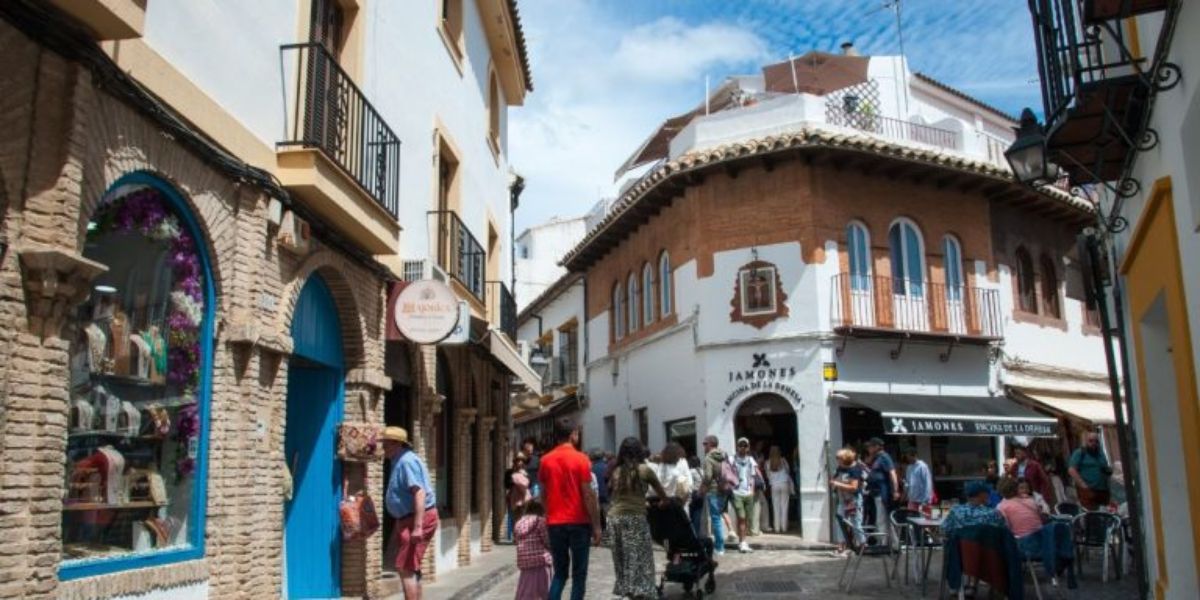In recent years, a growing number of collaborative art exhibits between Jewish and Asian artists have begun reshaping cultural dialogue across Asia. From Hong Kong and Shanghai to Singapore and Tokyo, these partnerships are weaving together traditions, techniques, and shared experiences of migration and identity. They reflect a global movement toward cross-cultural storytelling — one that uses art to connect people beyond borders and beliefs.
A Meeting of Worlds
At the heart of these collaborations is a shared curiosity. Jewish and Asian artists are exploring how histories of displacement, resilience, and renewal intersect. Whether through painting, sculpture, or multimedia installations, the dialogue often begins with questions: How do we preserve heritage while living in modern, urban spaces? What symbols transcend faith and geography?
In Hong Kong, the exhibit “Parallel Lines” brought together Jewish calligraphers and Chinese ink painters. Their works blended Hebrew and Mandarin scripts, layered on parchment and rice paper, to represent the tension and harmony of dual identity. Visitors described the gallery as a space where two ancient traditions “spoke” to one another — visually and spiritually.
Table of Contents
Shared Histories, Shared Emotions
Jewish and Asian communities share centuries of intertwined history. Jewish refugees in Shanghai during World War II, for instance, left behind a cultural footprint that still inspires artists today. Exhibitions revisiting this period often feature collaborations between Chinese photographers and Jewish historians, telling human stories through restored family portraits and personal testimonies.
Artist Naomi Weiss, who recently worked on a Shanghai exhibit titled The Refuge Years, explained, “We weren’t just revisiting history; we were asking what exile, survival, and belonging mean now.” Her Chinese collaborator, Liang Yi, added, “The emotions are universal — rebuilding life after trauma, carrying memory forward through creation.”
These joint efforts demonstrate how art becomes a bridge — connecting shared struggles of migration, faith, and cultural preservation.
Innovation Through Diversity
Modern collaborations also stretch beyond traditional mediums. In Singapore and Seoul, artists have begun experimenting with digital installations, sound art, and interactive projection mapping to express the fluidity of identity.
One standout project, “Resonance of Roots,” paired Jewish sound artist Daniel Rosen with Korean digital sculptor Hana Lim. Their immersive exhibit used layered sounds of Hebrew prayer and Korean folk percussion to create a living soundscape. “When audiences stand between both speakers,” Lim said, “they become part of the rhythm — part of the cultural dialogue itself.”
These innovations reveal how cross-cultural art doesn’t simply merge aesthetics; it creates new forms of sensory experience.
The Role of Community Institutions
Behind many of these initiatives are Jewish cultural centers, Asian museums, and international foundations committed to promoting intercultural understanding. The Asia Society Hong Kong Center, for example, has hosted events connecting Israeli designers with local artists, while the Jewish Community Centre of Shanghai supports residencies for Asian and Jewish creatives to co-develop projects.
Such programs not only foster collaboration but also nurture a new generation of artists who see identity as something fluid and inclusive. By offering mentorships, shared studio spaces, and joint exhibitions, these institutions help transform art from a private expression into a community conversation.
Challenges and Opportunities
Despite their success, collaborative exhibits face real obstacles. Funding is often limited, and curators must navigate cultural sensitivities, translation barriers, and differing expectations about how history should be represented. Yet, these challenges often lead to deeper dialogue.
As curator Rachel Lin of the Hong Kong Visual Arts Centre notes, “When artists negotiate meaning together — across languages, beliefs, and traditions — that negotiation itself becomes the art.”
The growing number of these exhibits also signals a shift in how both Jewish and Asian communities perceive cultural exchange: not as assimilation, but as mutual enrichment.
The Future of Cross-Cultural Collaboration
Looking ahead, the future of Jewish-Asian artistic collaboration appears bright. The increasing digitization of art and global communication platforms are allowing creators to connect across continents, exchange ideas, and even co-produce works remotely.
Younger artists are taking this even further — incorporating social justice, environmental issues, and shared community narratives into their projects. By doing so, they ensure that these collaborations are not just about heritage, but also about shaping the world both communities inhabit together.
As one Beijing-based curator reflected, “When Jewish and Asian artists create together, they remind us that art is not about where we come from, but where we can meet.”
How do you see art shaping cross-cultural understanding in today’s world? Share your thoughts in the comments below or explore more cultural features at jewishtimesasia.org.

